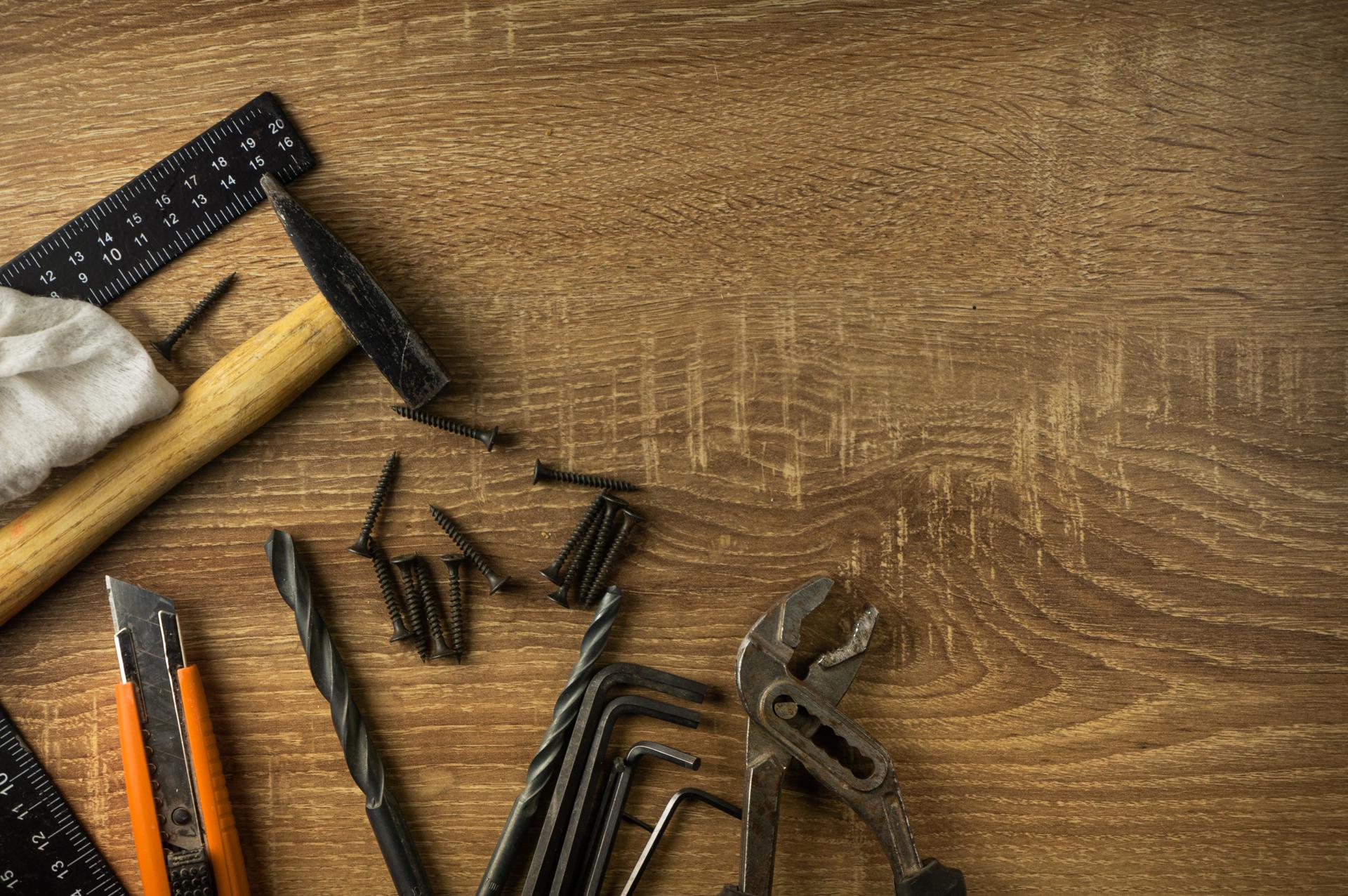Plumbing Problems at Home? Learn How to Resolve Them Yourself!

They are an integral part of every household. Without proper maintenance they could become an issue for many which can cause inconvenience and expensive repairs.
But, there are many benefits to learning how to repair minor plumbing issues yourself like saving money and gaining important knowledge. In this article, we will examine common plumbing issues and DIY techniques to fix them.
Common Plumbing Problems
Dripping Faucets
Dripping faucets are not only frustrating, but they also use up a large quantity of water in the course of. The most common cause of a dripping faucet is a worn washer or O-ring. To remedy this problem switch off the water supply to the faucet, take out the handle, and replace the worn-out washer or O-ring.
Running Toilets
A toilet that is running is another common plumbing issue that could result in a significant loss of water. The most typical reason is a defective flapper valve that doesn’t seal properly, allowing water to flow from the tank into the bowl. To fix this issue shut off your water source to the toilet. remove the tank lid, and adjust or replace the flapper valve.
Clogged Drains
Drains that are clogged can be caused by a variety of factors, including hair, soap, and food particles. To get rid of this problem you could try using a plunger or a drain snake to eliminate the blockage. Alternately, you could use a mixture of vinegar and baking soda to break up the blockage.
Low Water Pressure
Low pressure water in the pipes can be caused by various reasons, such as the buildup of minerals in pipes or a defective pressure regulator. To resolve this issue it is possible to clean the aerator or replacing the pressure regulator.
Tools Required for DIY Plumbing
To perform DIY plumbing, you will need a few essential tools such as the plunger, an adjustable wrench pipe wrench, Teflon tape, and screwdriver. With these tools in your arsenal, it can make it much easier to solve minor plumbing problems.
Tips to be Safe when doing your own plumbing
Safety should always be a top priority when performing any plumbing work that you do yourself. A few safety tips to consider include turning off the water source prior to beginning any repair, wearing safety glasses and gloves, and keeping a first-aid kit nearby in case of emergencies.
DIY Plumbing Techniques
For fixing common plumbing problems for common plumbing issues, you’ll need to know some DIY plumbing techniques such as how to shut off your water source and how to fix a leaky faucet and how to fix a running toilet, how to unclog a drain, and how to boost the pressure of water. These techniques can save you time and money on small plumbing repairs.
Conclusion
Learning how to fix small plumbing issues yourself is beneficial in various ways. Not only can it help you save cash, it will provide you with an appreciation for your efforts and valuable skills. However, for more significant plumbing problems, it’s better to consult an experienced plumber.
FAQ
Can I fix a plumbing problem myself?
Yes, you are able to fix minor plumbing issues yourself by learning some basic plumbing skills.
What are the most frequent plumbing problems?
The most common plumbing problems are dripping faucets, running toilets blocked drains, and low water pressure.
What tools will I require to do my own plumbing?
You will need a few essential tools such as the plunger, an adjustable wrench pipe wrench Teflon tape and the screwdriver.
Is DIY plumbing safe?
DIY plumbing is secure if you adhere to safety guidelines and take proper precautions.
When should I contact a professional plumber?
You should contact a licensed plumber for significant plumbing issues that require specialist equipment and knowledge.
